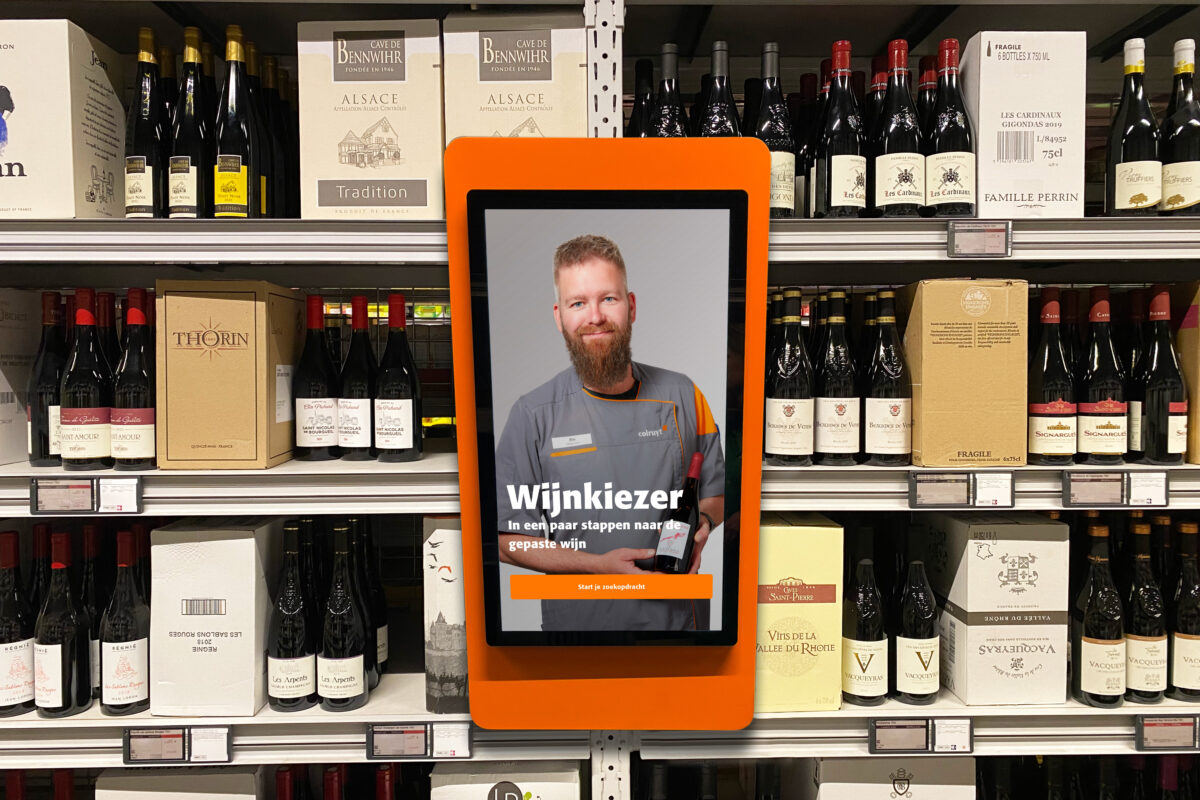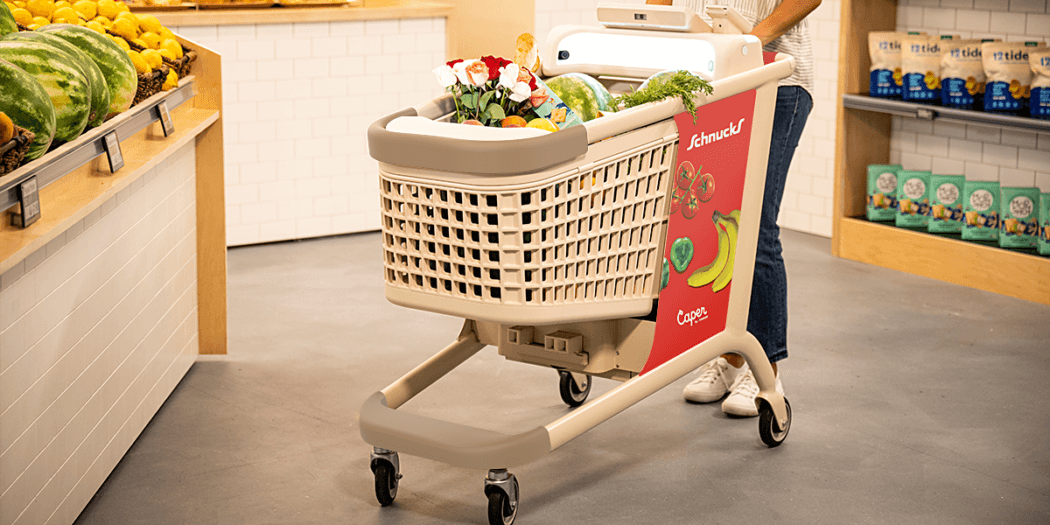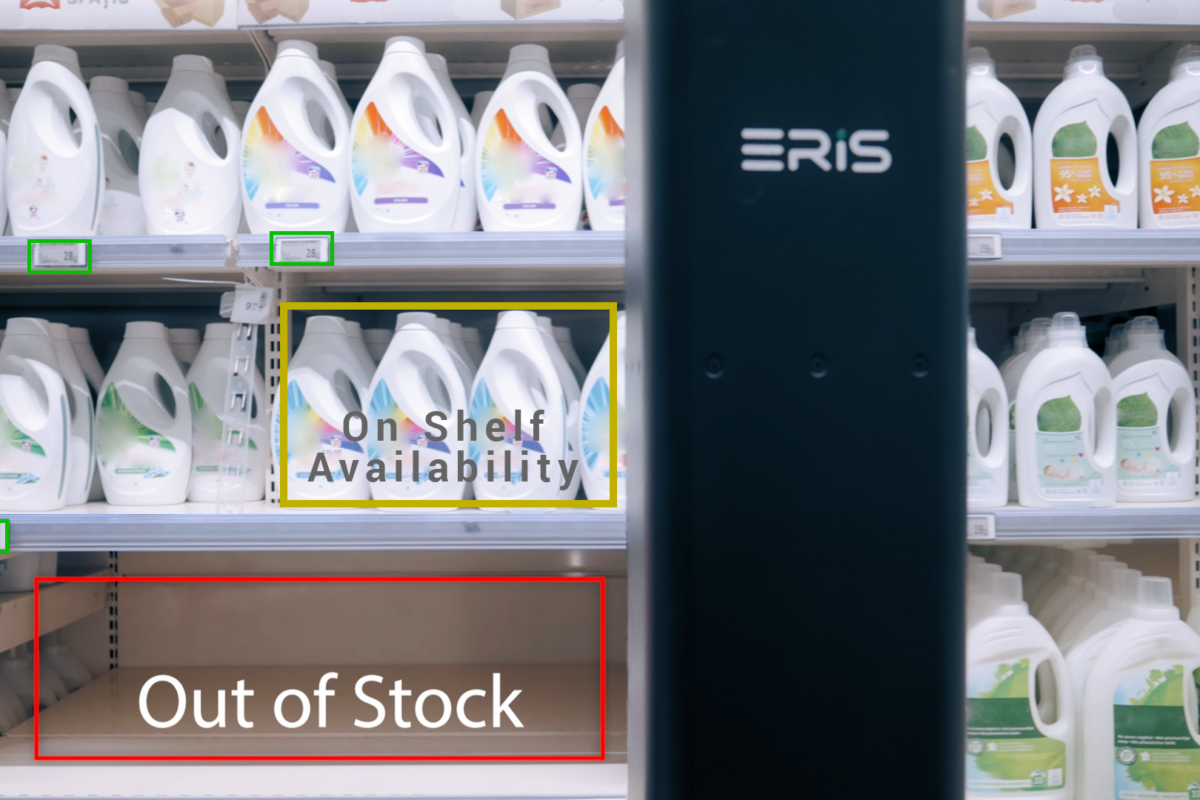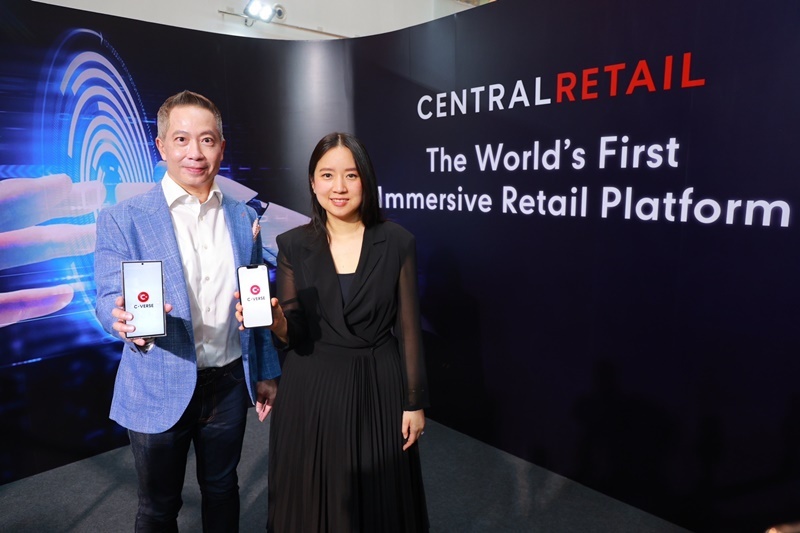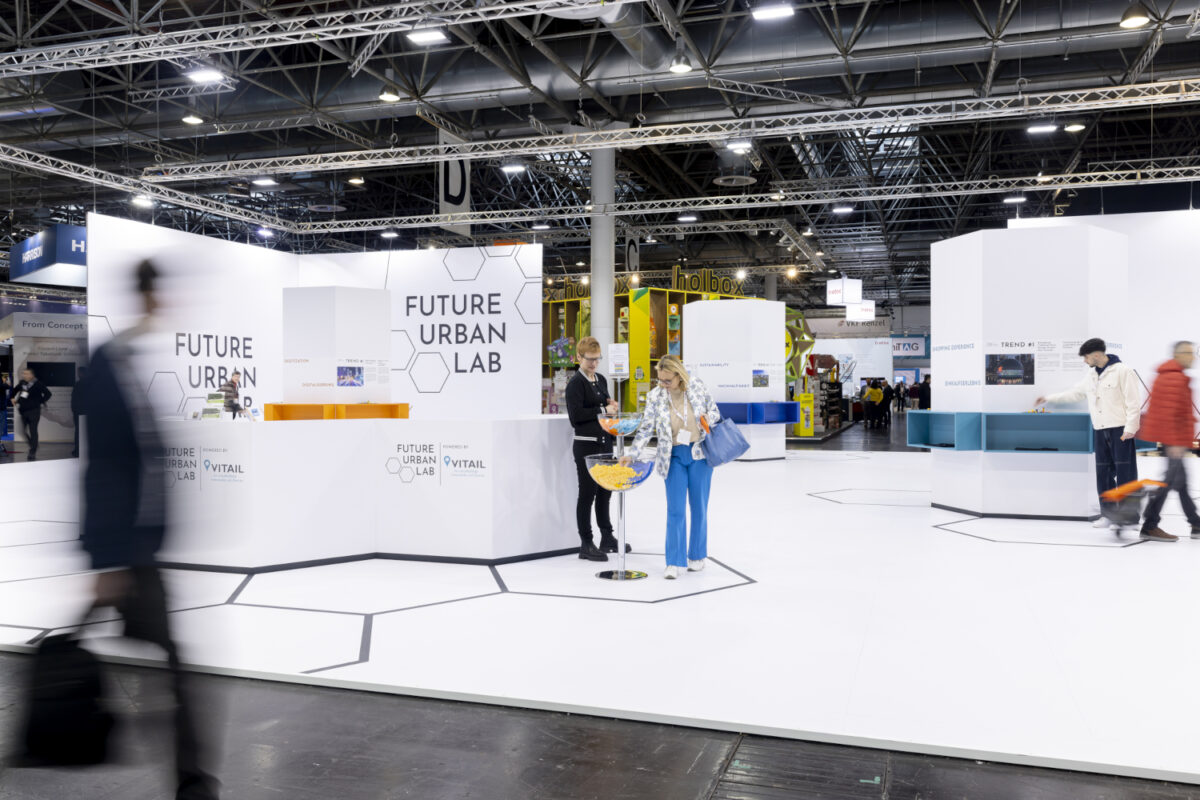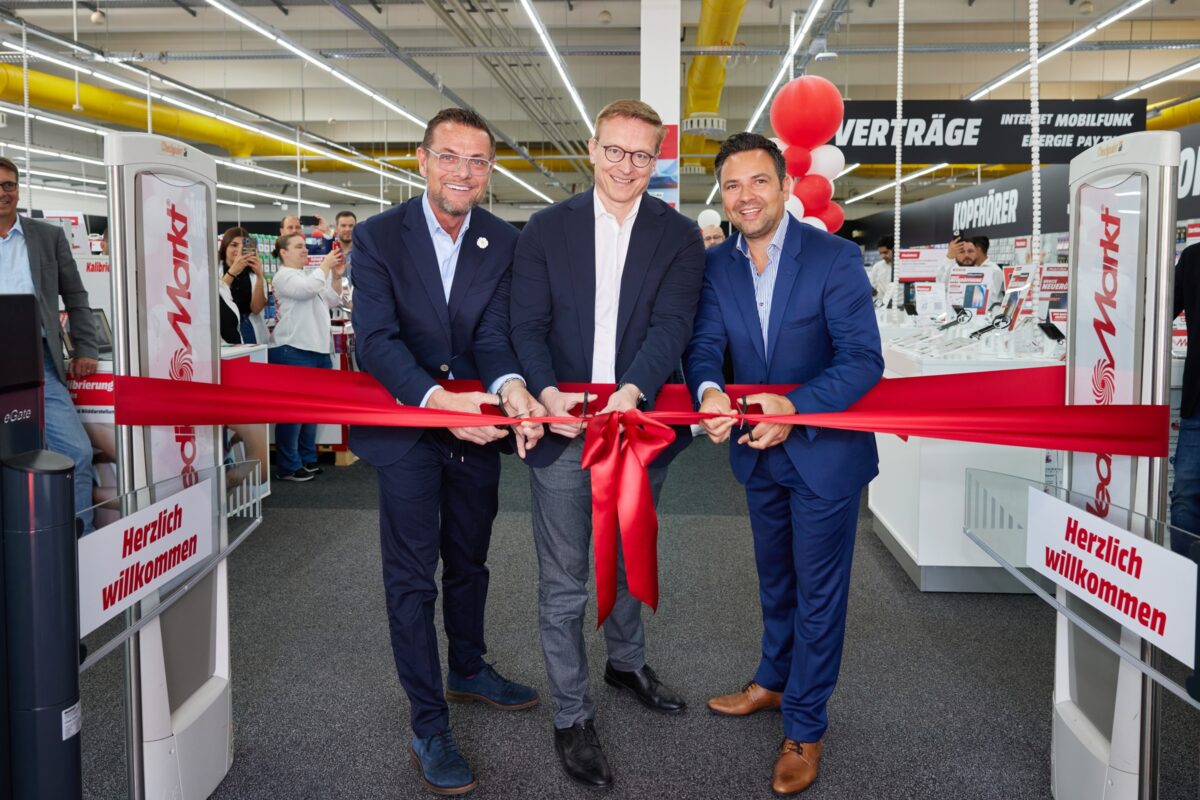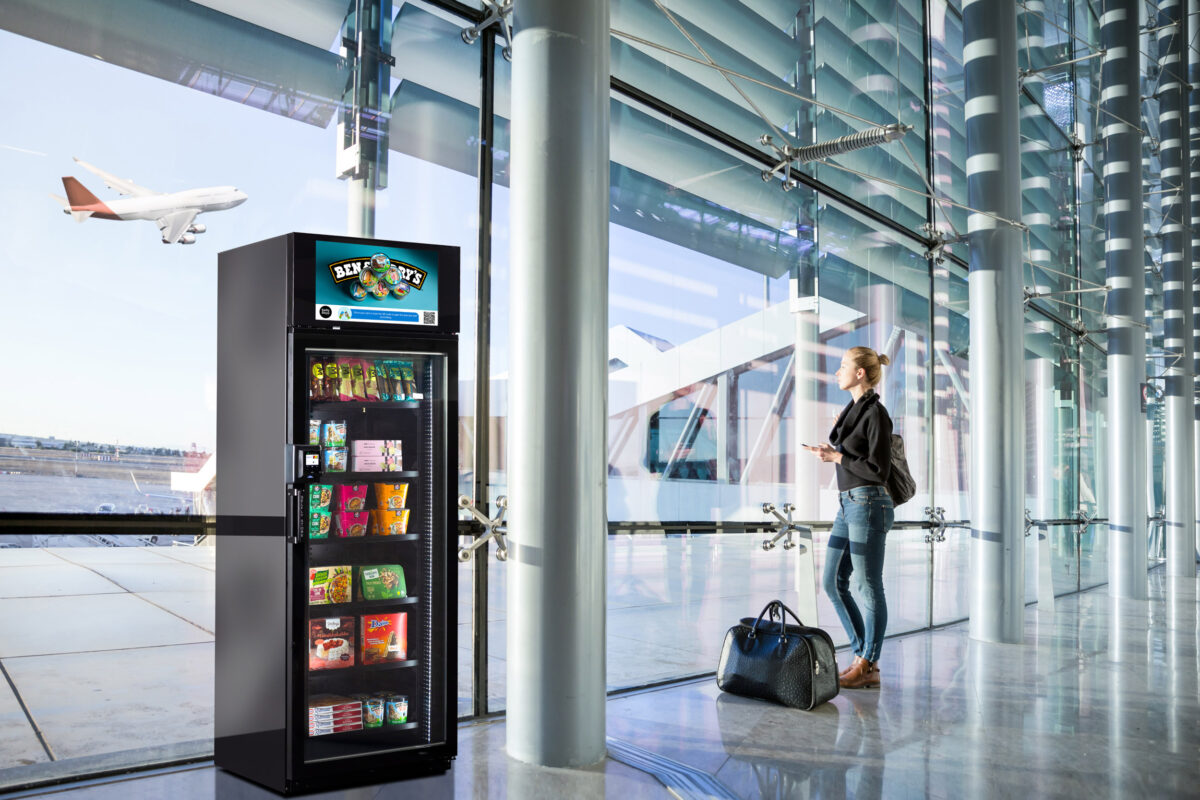Challenges, opportunities, and new business and shopping models
by Katja Laska (exclusively for EuroCIS.mag)
“For years, the industry has been clearly separated into brick-and-mortar stores and digital commerce. Now retail faces perhaps the biggest change since the introduction of self-service technology,” says Xenia Giese, Industry Executive Retail & Consumer Goods at Microsoft Deutschland GmbH.
In this interview, she explains why the separation of platforms is over, details what areas retailers need to pay special attention to in these times and reveals what the future has in store for us.

©Microsoft
Ms. Giese, what are the challenges brick-and-mortar stores are facing in today’s changing retail landscape?
Xenia Giese: The lines between brick-and-mortar and e-commerce are blurring. The coronavirus pandemic has made it clear that hybrid commerce is more than a buzzword and has become the key to retail success. This puts pressure on brick-and-mortar retail to break up with the familiar analog store pattern and bring it into the digital age to be competitive in the future.
At the same time, sustainability in retail remains incredibly relevant. Digitalization creates many new opportunities related to sustainable processes and their monitoring. However, digitalization also affects sustainability goals. That’s because smart store operation with digital applications based on sensor technology, the Internet of Things and AI takes a lot more energy than the operation of a store that is not or barely digitized.
Apart from hybrid commerce, omnichannel as it relates to the customer journey and consumer behavior is a popular approach. What does this mean for retailers?
For several years, sales have been shifting progressively from the sales floor to digital channels along with all touchpoints in between: order online, pickup in store, at the vending machine, delivery to the trunk of your car. This requires structural consolidation in which digital solutions can play a significant role. Omnichannel and hybrid commerce are not new concepts and were already gaining a strong foothold before COVID-19. However, the pandemic has accelerated the pace and dynamics of digitalization. It’s clear that retailers who solely rely on brick-and-mortar solutions without including hybrid retail models will have a tough time keeping up with the competition in the future. More than ever, the success of retail companies depends on how quickly they can adapt to consumer needs and shifting customer expectations and implement the corresponding, often long-established solutions.
Brick-and-mortar stores require large retail spaces. How can retailers use them more efficiently?
The expansion of online retail prompts a reduction in brick-and-mortar retail space to remain profitable in terms of sales per square foot. The big challenge for local businesses is to gradually modernize their existing spaces. Micro-warehousing enables them to convert portions of the sales floor into small warehouses, thus facilitating separate picking of online orders in hybrid commerce.
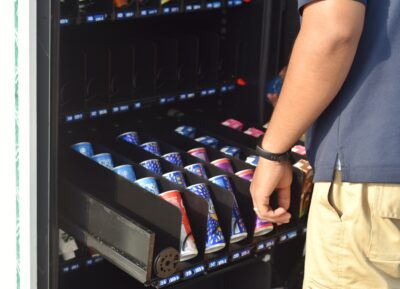
©twenty20photos
What are the benefits of micro-warehousing?
It improves efficiency, simplifies inventory management, and prevents customers and pickers from potentially competing for the same items in the store. Adopting a micro-fulfillment strategy also shortens the last-mile distance, making it an important approach to reducing the carbon footprint from a sustainability perspective.
Micro-warehouses use automation solutions to support employees in order picking. They also use robots for picking and inventory storage for a small area. This enables retailers to use the available space more efficiently. Modern fulfillment solutions from Microsoft partners such as StrongPoint and Self Point-Stor.AI support the picking process in-store or in the micro-warehouse with wearables, applications, and hardware such as order picking trolleys, reduce warehouse space and promote extra fast delivery times.
At what points are automatization and hybrid models still growing?
The checkout is one area that accounts for a large share of a store’s total operating expenses. Retailers can get creative with hybrid approaches for different combinations, including a mix of conventional checkouts and self-checkout stations. A (partially) staff-free store is based on a smaller sales floor area with a reduced number of products. In this setting, customers can visit the store 24/7 or during off-peak hours using an app to enter the store and pay at the self-checkout station.
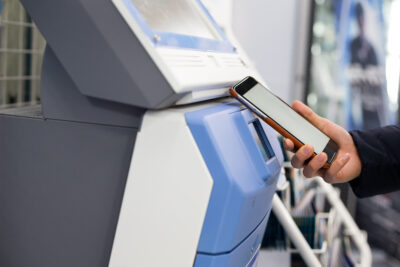
©leungchopan
In times of hybrid commerce, parcel locker systems and vending machines are also increasingly popular since they serve as shopping touchpoints or Click & Collect collection points. Many already offer added functions such as digital displays that show dynamic pricing and videos or facilitate sensor-based automatic inventory management. Aside from a flexible setup and configurations that come in different shapes and sizes as well as accommodations for refrigerated/non-refrigerated products, some parcel lockers have their own software platform for package management, which drives customer retention – through a dedicated app, for example – all the way to collection.
Frictionless shopping formats or Grab & Go stores take things a step further as customers simply pick up what they want from the shelves and walk out the store. These smart stores present a major technology challenge since they require different sensors to identify customers and track every movement and product. Data analysis is made possible by ceiling-mounted cameras, smart shelves, mat scales, IoT solutions to aggregate sensor data, and AI solutions. All these aspects are needed to facilitate a fully automated checkout experience.
What is your best advice for retailers who consider a hybrid model?
A buy online and pickup service is a great first step. This can be managed via a separate app or website, depending on the industry segment or retail store size. For example, Microsoft Bookings makes managing pickup and service appointments easy for small and medium-sized enterprises (SMEs). Interested retailers should also take advantage of micro-warehousing since federal and state governments currently provide financial aid and special funding.
Which shopping or business model will shape the future of retail?
The term ‘hybrid’ is an apt description of our future shopping behavior. Consumers will move across the continuum from online to offline shopping based on their preferences. This will give rise to additional services and experiences, which will likewise take place online or offline. These options include subscription business models, live stream shopping, smart home appliances that reorder their own supplies, and product experiences in the metaverse and the local community in-store. Most likely, we will also get to enjoy just as many exciting and creative combinations of all these choices.






